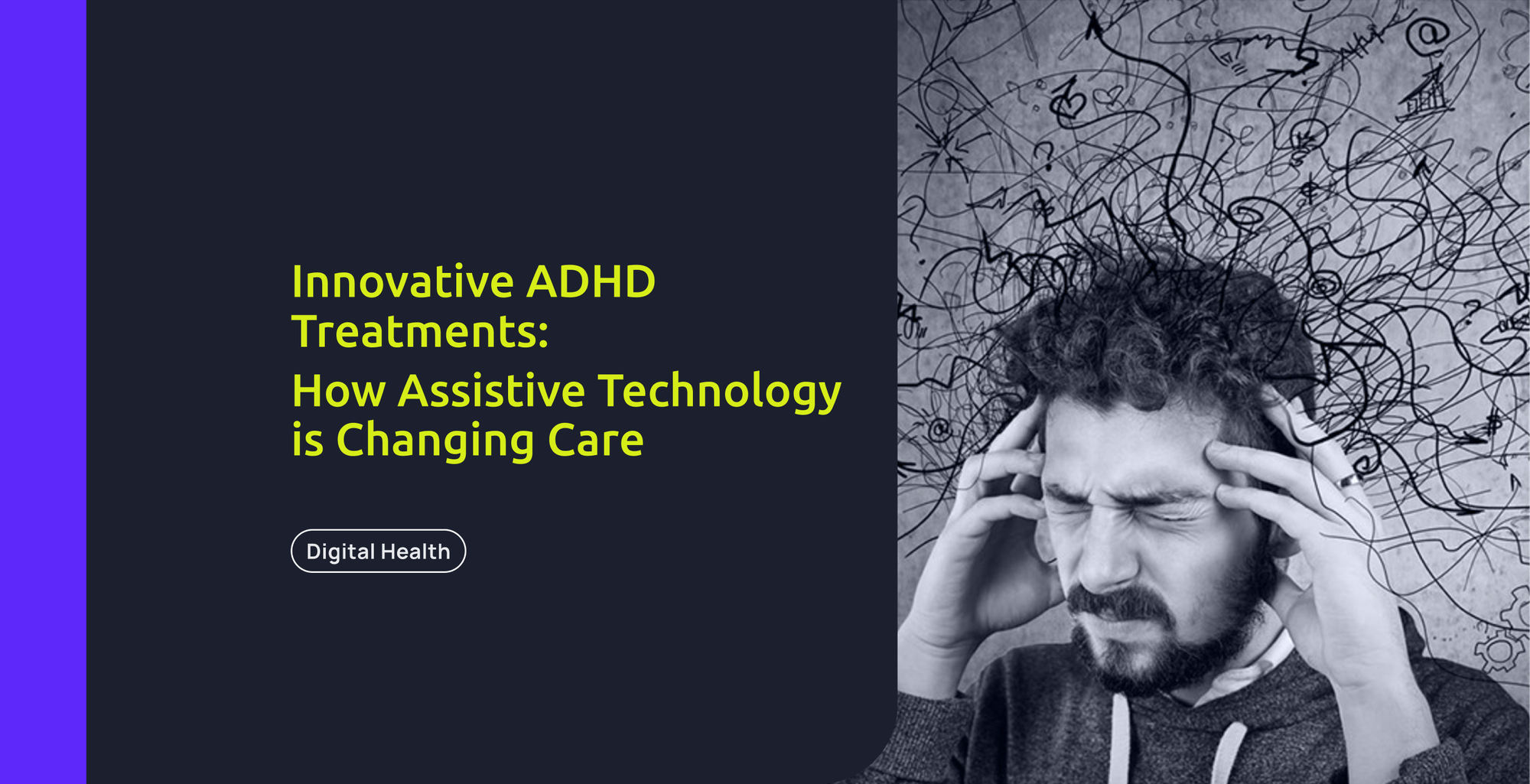When Sarah’s 9-year-old son was diagnosed with ADHD, she felt overwhelmed navigating the maze of treatment options. Traditional approaches seemed limiting, requiring frequent office visits that disrupted their family schedule. Then, her son’s therapist suggested exploring digital health solutions – a recommendation that would transform their ADHD help journey. Today, technology is revolutionizing how we approach ADHD treatment, offering hope to millions of families like Sarah’s. As digital innovations reshape mental healthcare, important questions arise: Can technology truly deliver effective ADHD solutions? How do we ensure these digital tools are both safe and accessible to all who need them? From sophisticated remote therapy platforms to innovative solutions like Fastreat, and efforts to bridge healthcare disparities, this exploration reveals how technology is creating more inclusive, effective ADHD treatment options for the modern age.
The Changing Face of ADHD Interventions
ADHD treatment has evolved significantly since its first clinical recognition in the 1960s. Traditional approaches primarily relied on medication and in-person behavioral therapy, requiring frequent office visits and rigid scheduling that often proved challenging for families managing ADHD symptoms. These conventional methods, while foundational, presented notable limitations – from geographic barriers to healthcare access to standardized protocols that couldn’t adequately address individual needs. The COVID-19 pandemic became an unexpected catalyst for change, forcing the mental health field to rapidly embrace digital solutions. Recent data from the American Psychological Association shows a 300% increase in telehealth adoption for ADHD care since 2020, with 82% of providers now incorporating some form of digital support in their practice. This dramatic shift has opened doors to innovative treatment approaches that combine clinical expertise with technological advancement, ushering in a new era of ADHD care that promises greater accessibility, personalization, and effectiveness.
Remote Mental Health Services Revolutionizing Care
Benefits of Virtual Treatment Platforms
Virtual ADHD treatment platforms have transformed access to care, particularly for families in rural and underserved areas who previously faced hours of travel for specialist appointments. These digital solutions allow children to receive therapy in familiar home environments, significantly reducing the stigma often associated with mental health treatment. Modern platforms incorporate sophisticated symptom tracking tools that enable parents and clinicians to monitor behavioral patterns in real-time, rather than relying on memory during monthly visits. Advanced data analytics help identify triggers and treatment effectiveness, allowing for truly personalized intervention strategies that adapt to each child’s unique needs.
Safety Considerations for Remote ADHD Care
When selecting a virtual treatment platform, parents must prioritize security and credibility. Look for platforms that maintain strict HIPAA compliance and employ end-to-end encryption for all communications. Verify that remote providers hold current state licenses and specialized ADHD training certifications. Establish clear protocols for parental oversight during virtual sessions, including maintaining appropriate supervision levels based on the child’s age. Watch for warning signs of questionable providers, such as those promising quick fixes or refusing to coordinate with existing healthcare teams. The best platforms integrate robust safety features while maintaining transparent communication channels between families and healthcare providers.
Advancing Health Equity Through Technology
Current Disparities in ADHD Care
Despite medical advances, significant disparities persist in ADHD diagnosis and treatment across different socioeconomic groups. Research shows that children from low-income families are 50% less likely to receive timely ADHD diagnoses compared to their more affluent peers. Rural communities face particularly steep challenges, with an average wait time of 3-6 months for initial ADHD evaluations due to specialist shortages. Insurance coverage limitations further compound these issues, as many plans restrict coverage for specialized ADHD services or impose high copayments that create financial barriers for families.
Tech Solutions Narrowing the Divide
Innovative technology companies are actively working to bridge these healthcare gaps through inclusive design approaches. Many platforms now offer low-bandwidth versions optimized for areas with limited internet access, ensuring reliable service even in remote locations. Multilingual capabilities have expanded significantly, with leading platforms supporting up to 12 languages and incorporating culturally sensitive content. Strategic partnerships with community health centers have enabled the creation of tech-enabled ADHD care hubs in underserved areas. Additionally, several organizations have launched grant-funded device distribution programs, providing tablets and internet access to families who couldn’t otherwise afford digital health tools. These initiatives have shown promising results, with participating communities reporting a 60% increase in ADHD treatment adherence and improved outcomes across all demographic groups.
Implementing Technology in Your Child’s ADHD Care
Step 1: Evaluating Digital Tools
Before adopting any digital ADHD solution, carefully assess its clinical credibility. Look for platforms that have undergone peer-reviewed studies and received endorsements from reputable mental health organizations. Review privacy policies thoroughly, ensuring they meet COPPA requirements for children’s data protection. Verify that the platform specializes in pediatric ADHD care rather than offering generic mental health support.
Step 2: Integrating with Professional Care
Work closely with your child’s healthcare team to establish clear protocols for sharing digital tracking data. Set specific times for reviewing platform insights during therapy sessions, and develop a shared understanding of which metrics matter most. Create structured boundaries around technology use, including designated “tech-free” periods to prevent digital fatigue. Ensure digital interventions complement, rather than replace, proven behavioral strategies.
Step 3: Monitoring Progress and Adjusting
Focus on tracking key performance indicators that align with your child’s treatment goals, such as task completion rates, attention span duration, and behavioral incident frequency. Regularly assess whether digital tools are producing desired outcomes, typically every 4-6 weeks. Watch for signs of diminishing returns or technology dependence, and be prepared to adjust usage patterns accordingly. Remember that successful ADHD management often requires periodic strategy refinements as your child grows and develops.
The Digital Future of ADHD Treatment
The digital revolution in ADHD treatment represents more than just technological advancement – it offers real hope for millions of families seeking more effective, accessible care options. While traditional approaches remain valuable, technology’s ability to personalize treatment, overcome geographic barriers, and democratize access to specialized care has fundamentally transformed the ADHD treatment landscape. As we look ahead, emerging technologies like artificial intelligence-powered diagnostics and virtual reality therapy sessions promise even more innovative solutions. Machine learning algorithms are already improving early detection rates, while immersive VR environments offer new ways to build focus and executive function skills. However, successful integration of these tools requires careful consideration of safety, equity, and implementation strategies. For families beginning their digital ADHD treatment journey, the key lies in thoughtful evaluation of available tools, close collaboration with healthcare providers, and consistent monitoring of outcomes. By embracing technology’s potential while maintaining focus on evidence-based practices and individualized care, we can create a future where effective ADHD treatment is accessible to all who need it.







